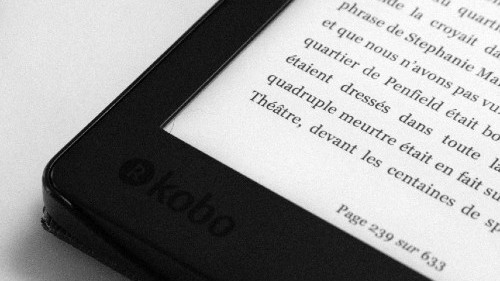Reading for Understanding – The Dyslexic Way

A new research study1 shows that when reading in untimed conditions, dyslexic university students show markedly better comprehension skills than their non-dyslexic counterparts.
French researchers used a set of 14 different tests to measure a variety of reading skills among more than 100 university students, including 62 students with an established history of dyslexia. They knew from prior research that dyslexic university students showed different patterns of brain activation during reading tasks than their non-dyslexic counterparts. In this study, they wanted to determine how specific underlying skills influence reading fluency and comprehension.
As anticipated, the dyslexic students generally performed more poorly in tests of basic skills tied to decoding and deciphering text, such as tests of phonological manipulation, word recognition, and spelling.

However, the dyslexic students performed significantly better on a test of visual pattern memory, as well as on the untimed reading comprehension tasks.
One goal of this study was to determine how variations in proficiency with subskills impacted performance on text-reading fluency and on reading comprehension.
These skills were assessed separately. For the fluency assessments, the subjects were instructed to read passages aloud as quickly as possible, without attending to word meaning. Then, for the separate comprehension tests, the subjects were asked to read three newspaper articles to themselves, without time constraints, and later to answer eight questions about each article. Half of the comprehension questions were targeted toward literal statements within the texts, but half required drawing inferences from implicit information within the reading material.
The researchers reported that oral reading fluency and reading comprehension “do not rely on the same abilities in university students with and without dyslexia.” Among non-dyslexic students, increased fluency was tied to the flexible use of both phonological and orthographic skills. In contrast, within the dyslexic group, increased fluency was associated only with “the activation of visual/orthographic codes of words.”
Surprisingly, when it came to reading comprehension, the researchers found that neither word decoding skills nor oral reading fluency were significantly connected to comprehension abilities. This was true of both groups of students. Instead, reading comprehension skills were more strongly tied to listening comprehension, vocabulary, and general knowledge.
In particular, the ability of the dyslexic students to understand what they read was most strongly tied to their performance on a separate test of general knowledge. This may explain why the dyslexic group scored better on the comprehension tasks overall. Their greater reliance on their external knowledge as a compensatory strategy to overcome difficulties with decoding may also have improved their ability to use inferential reasoning when reading the text. In this instance, the strategies that are employed by dyslexics to overcome early reading difficulties may actually prove beneficial when reading more complex texts in adulthood, such as those required in university-level coursework.
Implications for Education
This research has important implications for education, both in the context of how children are taught to read and how older students are assessed in secondary school and higher education. The findings about reading fluency are consistent with other studies showing that dyslexic children who struggle with phonological tasks are less likely than others to benefit from intensive phonics-based intervention.2 Too often, attempts to remediate the phonetic weaknesses can result in children being deprived of the educational experiences that will enable them to develop strong reading comprehension skills.3
This study provides additional evidence that dyslexic students may do better when instruction includes a focus on visual and orthographic aspects of reading: that is, what whole words look like in print.4
The disconnect between text reading fluency and reading comprehension, also shows the need for educational assessments in untimed conditions. When teachers or university professors impose time constraints on exams, the true abilities of the dyslexic students are masked,.
More Research Resources:
=
References
- Brèthes H, Cavalli E, Denis-Noël A, Melmi J-B, El Ahmadi A, Bianco M and Colé P (2022) Text Reading Fluency and Text Reading Comprehension Do Not Rely on the Same Abilities in University Students With and Without Dyslexia. Frontiers in Psychology 13:866543 (Open Access)
- See Is your child a “nonresponder”? (this blog)
- See The Phonics Trap. (this blog)
- See British Dyslexia Association calls for education shift beyond phonics (this blog)









